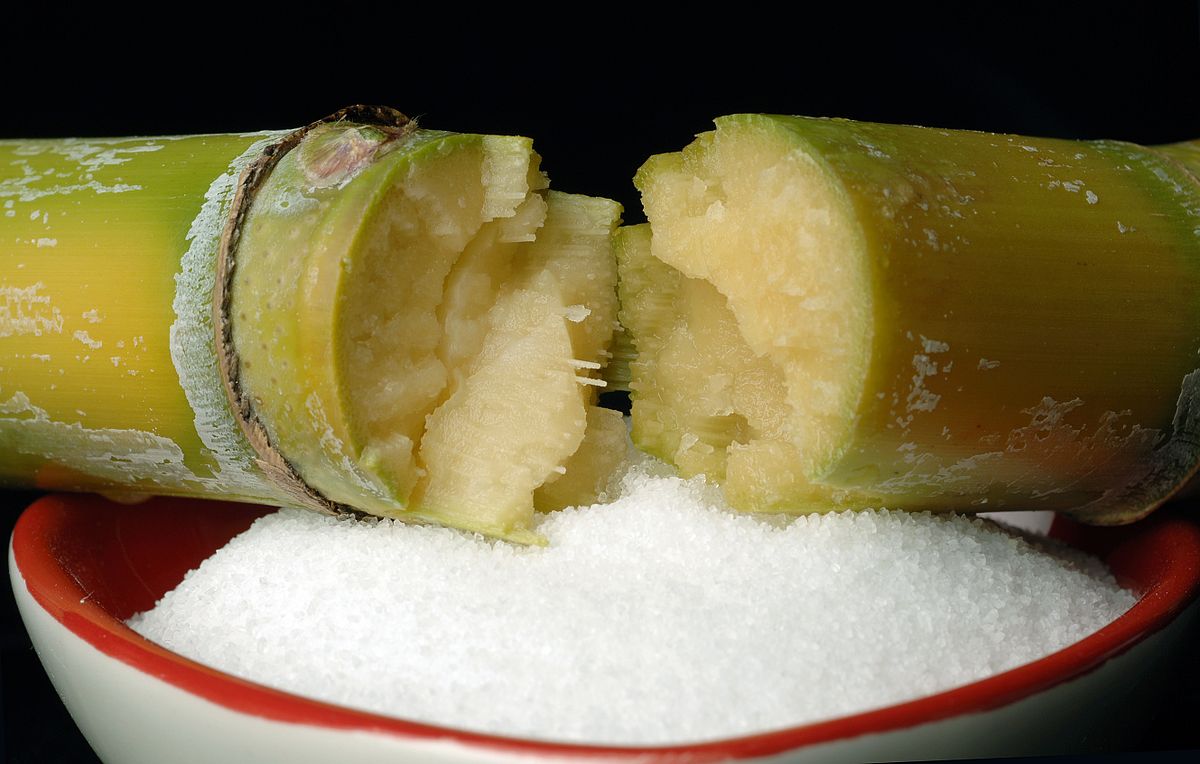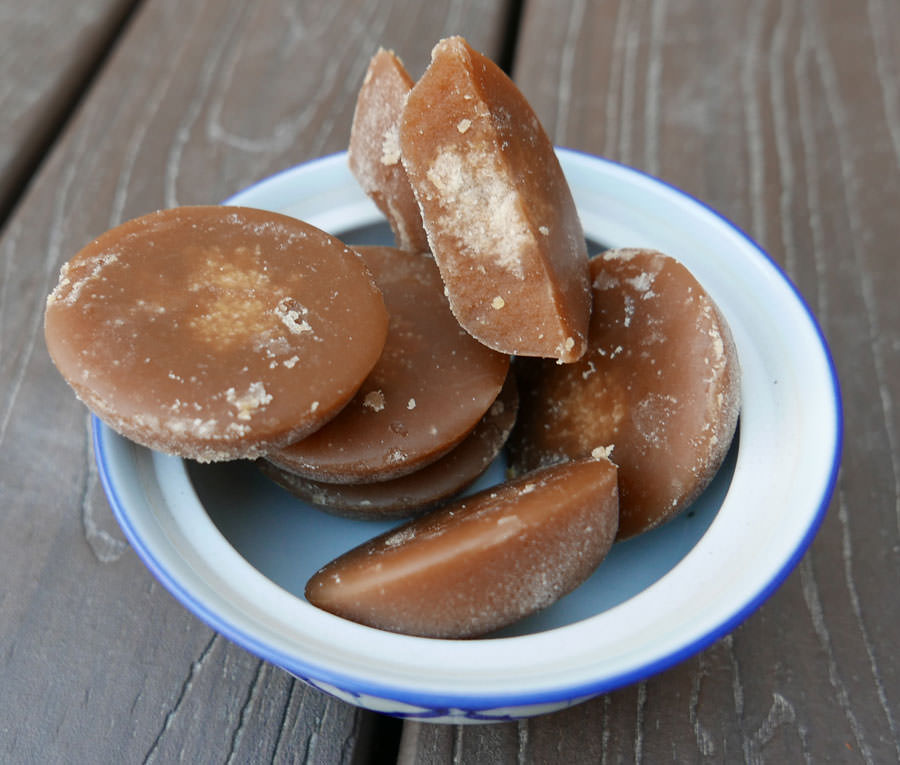Cane Sugar Processing Explained: What Takes Place Inside a Sugar Mill
Cane Sugar Processing Explained: What Takes Place Inside a Sugar Mill
Blog Article
A Thorough Guide to the Environmental Effect and Sustainability Practices in Cane Sugar Handling
The ecological impact of walking cane sugar processing offers an intricate selection of difficulties that warrant mindful exam. From dirt destruction and extreme water usage to the carbon footprint connected with cultivation and production, the consequences of traditional practices are far-ranging. What details techniques can be applied to strike an equilibrium in between productivity and environmental stewardship?
Overview of Walking Cane Sugar Handling
Walking stick sugar processing involves a collection of organized steps that transform sugarcane into polished sugar. At first, harvested sugarcane is moved to refining facilities, where it goes through cleaning to get rid of soil and debris. Following this, the walking cane is crushed to extract juice, which is after that cleared up by eliminating impurities via heating and the addition of lime.
The cleared up juice undertakes evaporation, where water is removed to focus the sugar web content. These crystals are separated from the staying syrup using centrifugation, resulting in raw sugar.
The end product is then dried out and packaged for distribution. Throughout this entire procedure, maintaining effectiveness and top quality control is vital to make sure the sugar fulfills industry requirements. Each action in cane sugar processing not only adds to the last product however also has ramifications for source usage and waste generation, establishing the stage for discussions on sustainability and environmental effects linked with sugar production.
Environmental Obstacles of Manufacturing
The manufacturing of cane sugar presents a number of substantial ecological challenges that warrant interest. One main problem is the comprehensive use agrochemicals, consisting of chemicals and plant foods, which can cause dirt destruction, biodiversity loss, and contamination of neighborhood water resources. The drainage from sugarcane areas typically brings these chemicals into neighboring communities, disrupting aquatic life and affecting the wellness of communities reliant on these water bodies.
One more challenge is the high energy consumption associated with sugarcane handling. The boiling and refining phases need considerable heat, primarily produced by shedding nonrenewable fuel sources, contributing to greenhouse gas exhausts. Furthermore, the expansive land area needed for sugarcane farming can cause deforestation and habitat devastation, additional intensifying climate adjustment and harmful wildlife.
Moreover, the labor techniques in some regions raise honest issues, as employees may face inadequate working conditions and inadequate incomes. This circumstance commonly continues a cycle of destitution in regional communities. Cane Sugar Processing. Addressing these ecological obstacles is essential for developing a lot more lasting techniques in walking cane sugar manufacturing, ultimately profiting both the environment and the neighborhoods associated with this market
Water and Land Usage Impact
Water sources and land utilization are critical elements in the walking cane sugar industry that substantially impact the environment. The farming of sugarcane requires considerable water input, with estimates recommending that it can consume up to 2,000 liters of water per kilo of sugar produced. This intensive use water often leads to exhaustion of neighborhood water resources, affecting not only the sugarcane vineyards yet also surrounding ecological communities and neighborhoods that count on the same water resources for agriculture and domestic use.

Additionally, land usage for sugarcane growing can bring about logging and the conversion of natural habitats into monoculture ranches. This method decreases biodiversity, interrupts regional ecological communities, and adds to dirt destruction. The development of sugarcane areas commonly elbows in on beneficial agricultural land, producing competition for resources in between food and biofuel manufacturing.
Lasting methods, such as enhancing irrigation techniques and carrying out plant turning, are vital to reduce these impacts. By adopting extra reliable water usage and land administration techniques, the cane sugar industry can reduce its eco-friendly impact, making sure a balance in between agricultural productivity and ecological preservation.
Greenhouse Gas Emissions
Greenhouse gas exhausts represent a significant ecological worry within the walking stick sugar handling industry, especially as visit this page agricultural techniques expand to fulfill worldwide need. The growing of sugarcane, a crop that grows in tropical environments, relies greatly on synthetic plant foods and pesticides, which contribute to nitrous oxide emissions. Furthermore, land-use changes, consisting of logging for brand-new sugarcane ranches, launch co2 kept in vegetation and soil.
Throughout handling, energy consumption is one more significant resource of greenhouse gas exhausts - Cane Sugar Processing. Many sugar mills utilize fossil fuels to power machinery and produce warm, leading to significant carbon impacts. In addition, the transport of raw sugarcane and ended up items includes layers of emissions with fuel combustion in automobiles
The advancing impact of these discharges intensifies environment modification, presenting dangers not only to the environment yet additionally to the lasting feasibility of the market. Stakeholders should recognize the urgent need for comprehensive strategies that resolve these exhausts. This includes reviewing present agricultural techniques, refining methods, and transportation systems to determine locations for enhancement and mitigation. Attending to greenhouse gas emissions is important for fostering an extra sustainable cane sugar sector in an altering environment.

Lasting Practices and Innovations
Sustainable techniques and developments are progressively important in the walking stick sugar processing industry as stakeholders seek to lower environmental influences while maintaining efficiency. One substantial development is the execution of incorporated crop monitoring, which optimizes resource use by incorporating dirt management, bug control, and plant turning techniques. This method improves return while minimizing chemical inputs and preserving soil wellness.
Furthermore, the adoption of renewable resource resources, such as biomass from sugarcane deposits, has actually gained traction - Cane Sugar Processing. By converting published here waste products right into power, refining centers can decrease their dependence on fossil gas, therefore lowering greenhouse gas emissions
Water administration methods have additionally seen renovations through the recycling and reusing of water in handling plants, dramatically decreasing freshwater usage. Advancements in technology, such as precision agriculture, allow farmers to check crop health and source use extra properly, making certain lasting growing methods.
Additionally, accreditation programs like Fair Trade and Rainforest Partnership urge ecologically responsible farming practices and advertise social equity within the supply chain. By accepting these sustainable practices and innovations, the cane sugar handling sector can boost its durability and contribute favorably to ecological stewardship.
Conclusion
The ecological effect of cane sugar handling provides significant obstacles, including Continue soil degradation, high water intake, and greenhouse gas discharges, alongside honest issues connected to labor techniques. Dealing with these concerns with sustainable techniques, such as incorporated crop management, renewable resource fostering, and water recycling, is important. By advertising socially equitable and eco accountable methods in sugar manufacturing, the industry can minimize its damaging impacts, ensuring an extra sustainable future for both areas and communities entailed in this industry.
Walking stick sugar handling involves a collection of organized actions that change sugarcane into refined sugar. Each action in walking stick sugar handling not only adds to the final product however additionally has effects for resource use and waste generation, establishing the phase for conversations on sustainability and ecological impacts associated with sugar production.
Greenhouse gas discharges represent a substantial ecological concern within the walking stick sugar processing sector, particularly as agricultural practices expand to meet global demand.Sustainable practices and advancements are increasingly vital in the cane sugar processing industry as stakeholders look for to reduce environmental impacts while maintaining productivity.The environmental impact of cane sugar handling offers significant obstacles, consisting of dirt deterioration, high water intake, and greenhouse gas exhausts, together with ethical concerns related to labor techniques.
Report this page